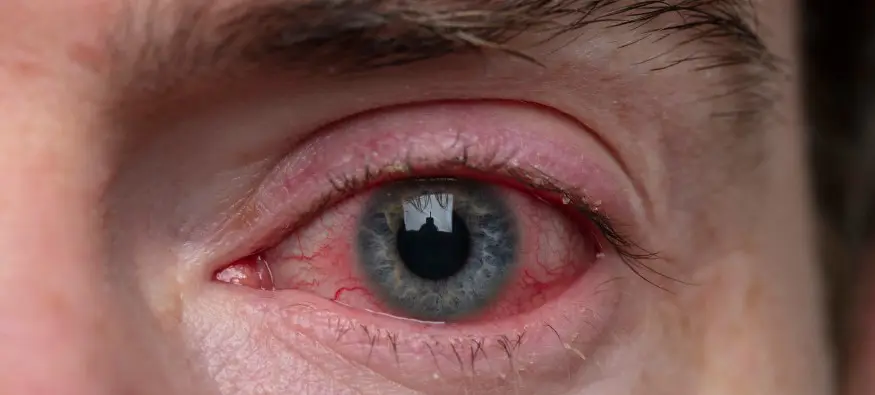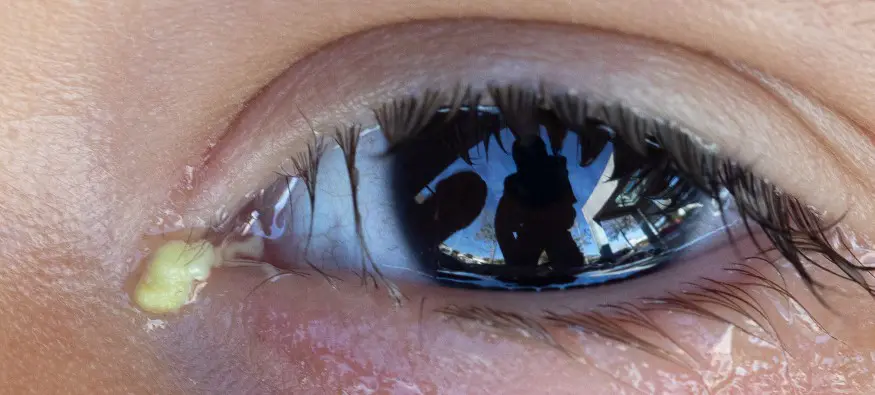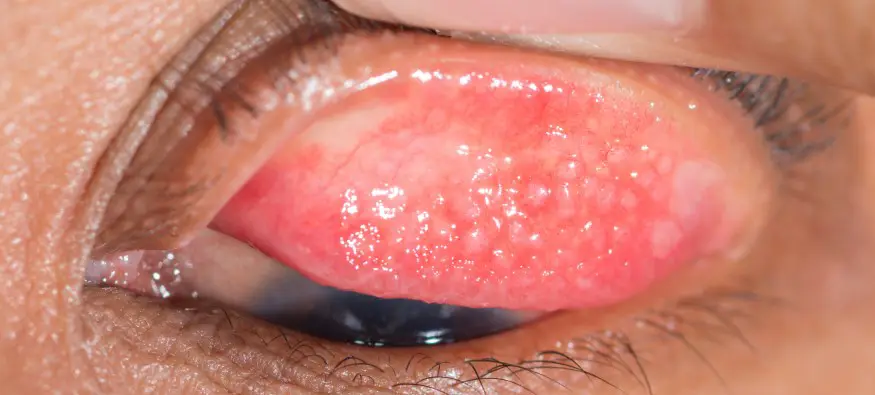When should you seek medical advice?
The vast majority of eye infections are nothing to worry about and they clear up within just a couple of weeks. You can speed up your recovery with the help of some simple self-help techniques. For example, you should stop wearing your contact lenses until all the symptoms have gone and make sure you resist the temptation to rub your eyes. To ease your symptoms, you could place a cool compress like the Thera- Pearl Eye Mask across your eyes. If you have allergic conjunctivitis, you should also try to avoid contact with the allergen and you may benefit from taking medicines such as antihistamines. If conjunctivitis goes untreated and becomes more severe, this can lead to an infection of the cornea.
However, if you have eye pain, experience sensitivity to light, intense redness or disturbed vision, this could be a more serious eye infection such as orbital cellulitis which can lead to permanent vision loss. If you experience these symptoms, you should book an appointment with your GP or see an eye care professional as soon as possible. Your doctor will be able to check if there is a more serious cause behind your eye infection and suggest suitable treatment if necessary.
As a contact lens wearer, you can reduce your risk of getting an eye infection in the first place by following effective hygiene practices, and if you don’t want to have to clean your contacts, you could opt for daily disposables like our 1-Day Acuvue Moist lenses or our comfi Purest 1 Day contact lenses if you prefer wearing silicone hydrogel contact lenses.
For more information on eyecare, visit our comprehensive Eye Care Hub.
Disclaimer: The advice in this article is for informational purposes only and does not replace medical care or an in-person check-up. Please check with an eyecare professional before purchasing any products or remedies. For information on our article review process, please refer to our Editorial Policy.

 Offers
Offers Account
Account
 Favorite
Favorite
 Basket
Basket

 OFFERS
OFFERS



















